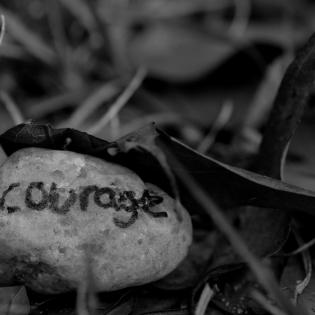Courage in Action
Learners do a SWOT analysis (strengths, weaknesses, opportunities, and threats) of taking courageous action in a difficult situation.
The learner will:
- identify strengths, weaknesses, opportunities, and threats of taking courageous action.
SWOT analysis handout below
Instructions
Anticipatory Set:
Look over the charts from this unit, including the classic hero traits and the real-life hero traits. Today they will determine what courageous traits they can rally in an important situation.
Brainstorm situations young people face that require courage and perseverance. For example, it is hard to speak up when one's view is different or call attention to bullying behavior or speak in front of a group about something important.
In groups, they will choose one of these challenging situations and do a SWOT analysis (Strengths, Weaknesses, Opportunities, and Threats) of being courageous and doing this hard thing.
See the handout below for a SWOT analysis - four boxes where they list the strengths, weaknesses, opportunities, and threats of whatever they are analyzing.
In this case, they write in the boxes the strengths of taking action (or their strengths), the weaknesses in this situation, opportunities this brings, and possible threats if they take action.
Discuss how the SWOT analysis demonstrates that young people are capable of taking courageous action for the good of all.
Handouts
Philanthropy Framework
-
Strand PHIL.I Definitions of Philanthropy
-
Standard DP 01. Define Philanthropy
-
Benchmark MS.4 Give examples of how individuals have helped others.
-
-
-
Strand PHIL.IV Volunteering and Service
-
Standard VS 01. Needs Assessment
-
Benchmark MS.1 Identify a need in the school, local community, state, nation, or world.
-
-
Standard VS 03. Providing Service
-
Benchmark MS.2 Describe the goals of the project and their impact.
-
-
